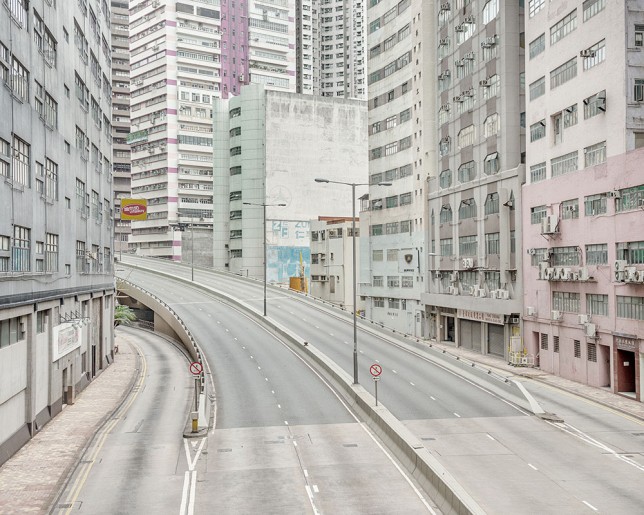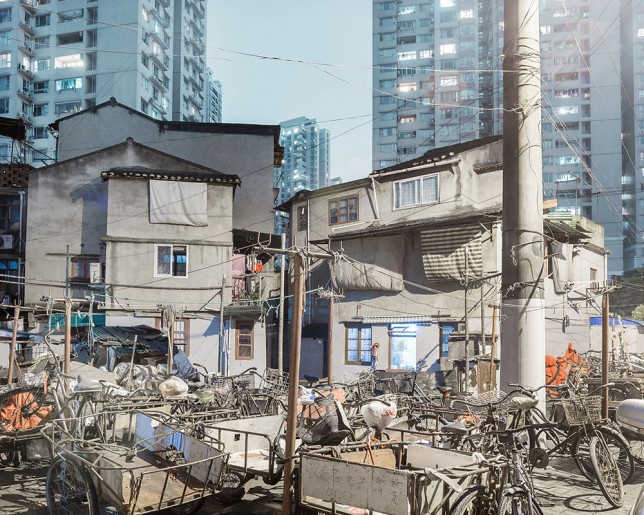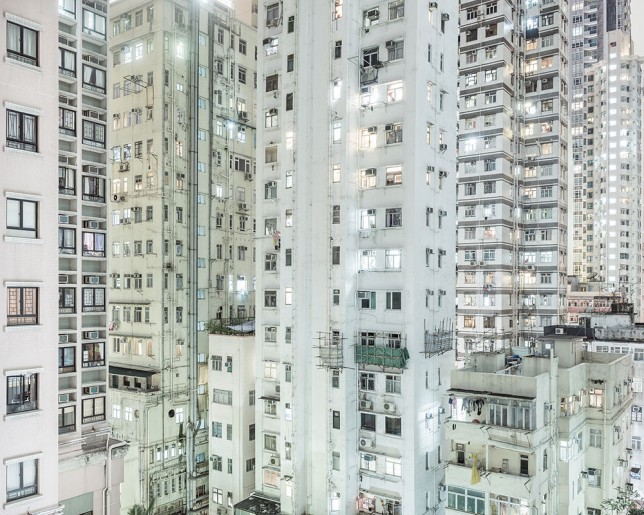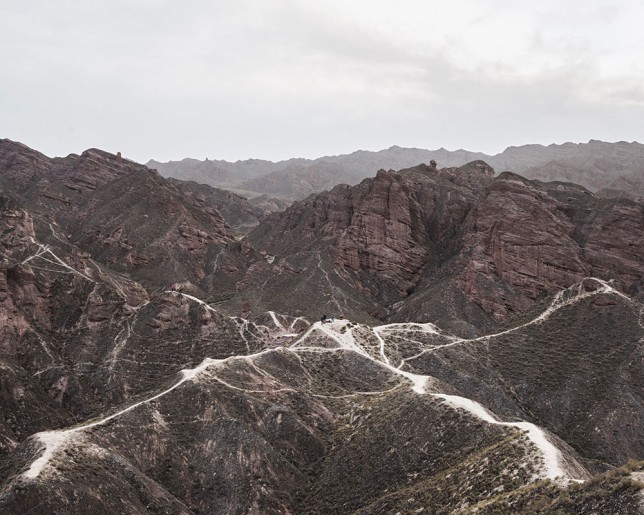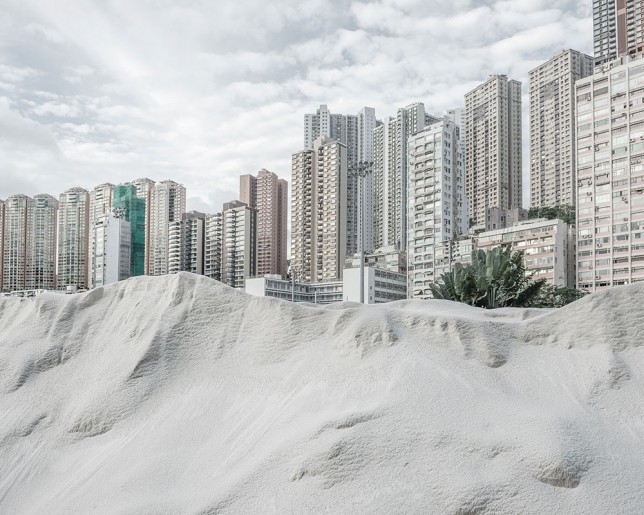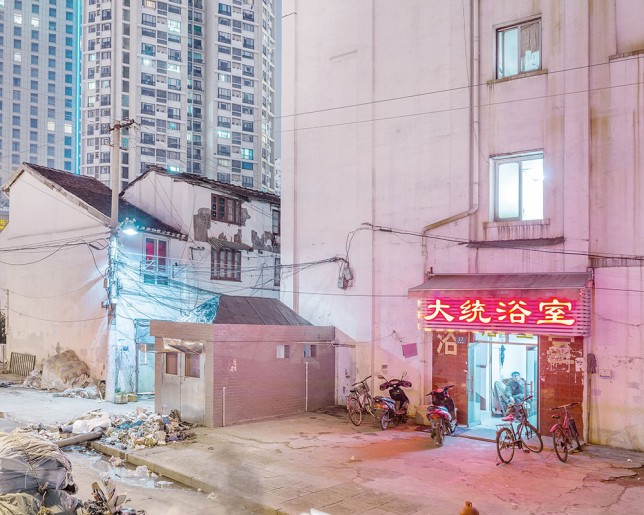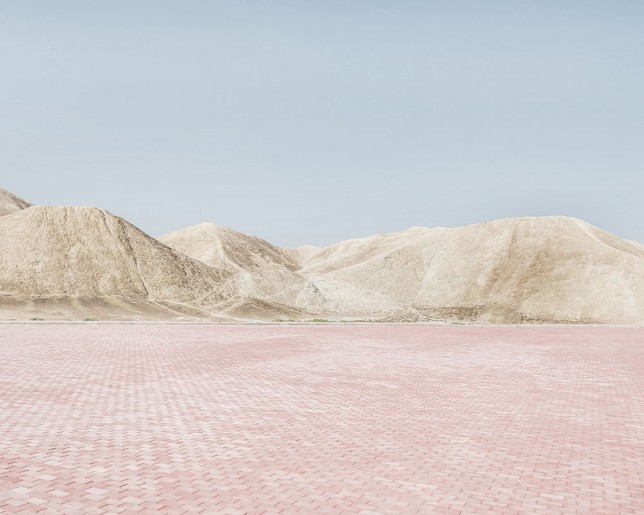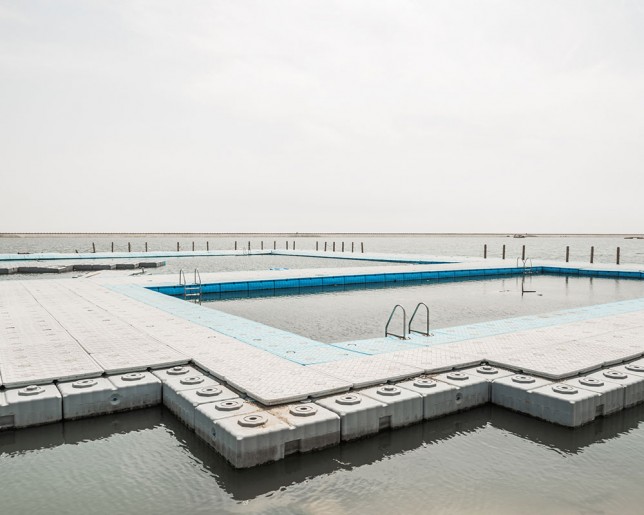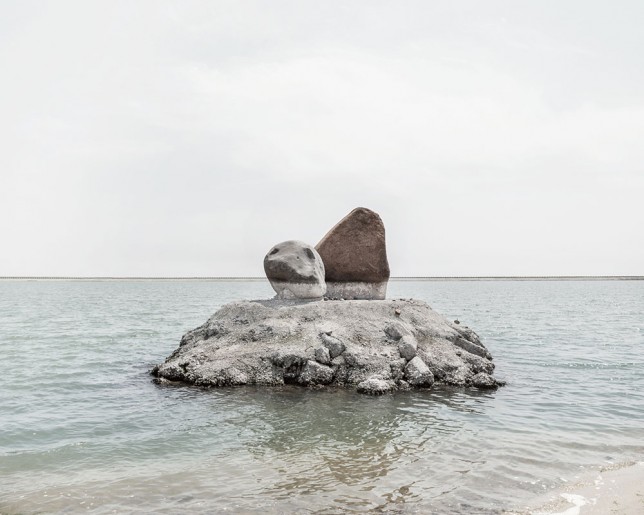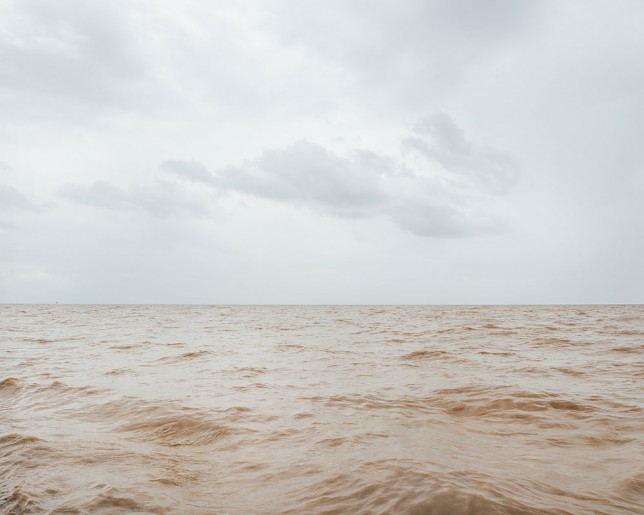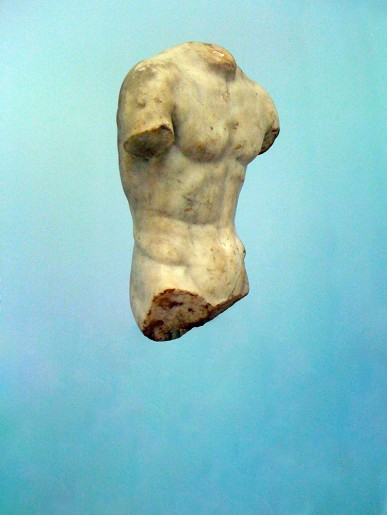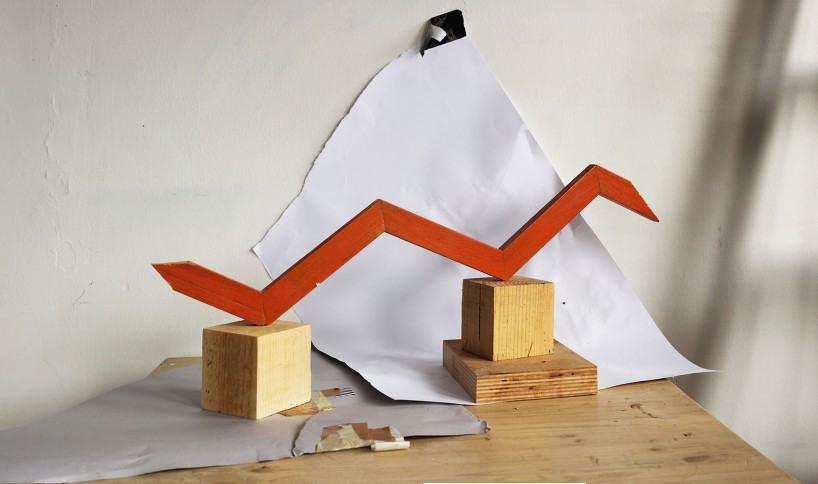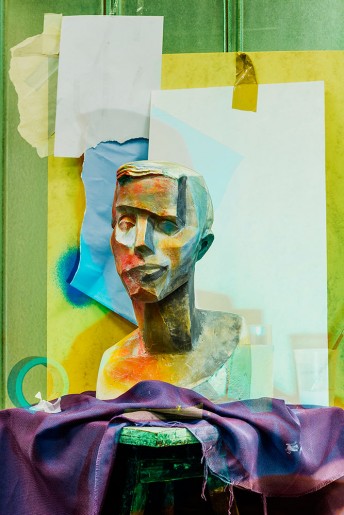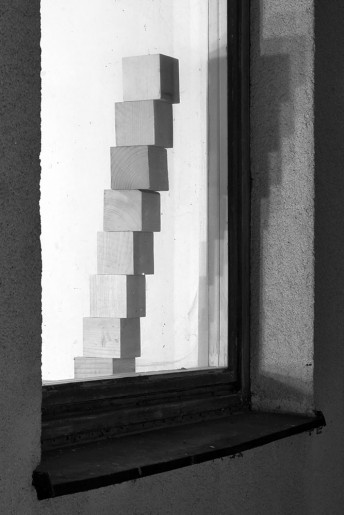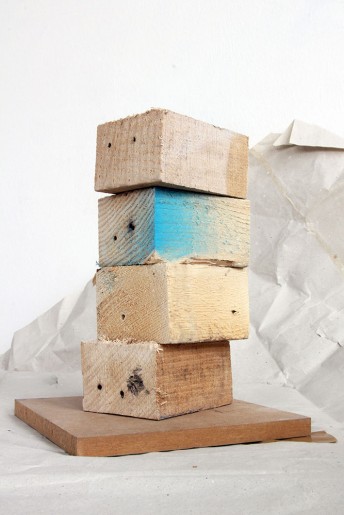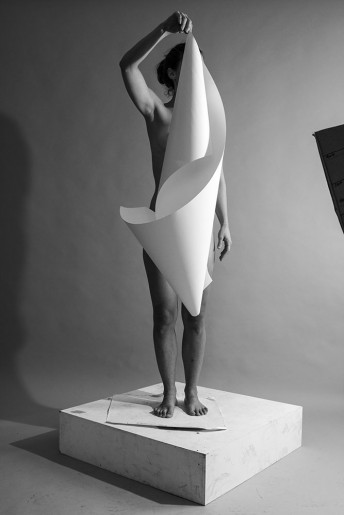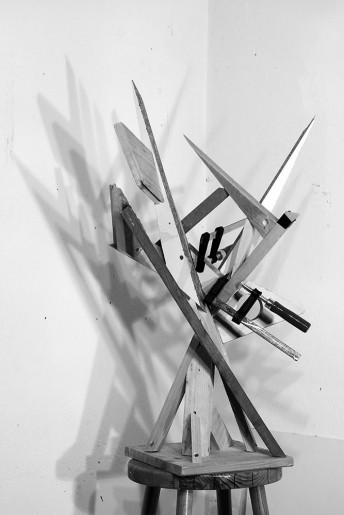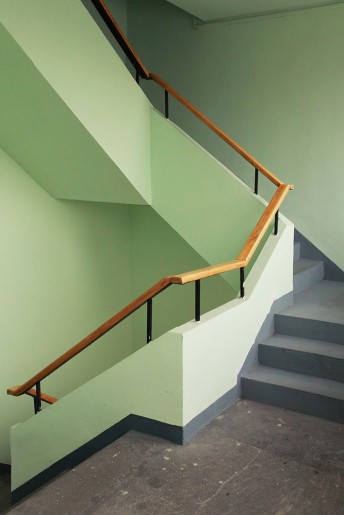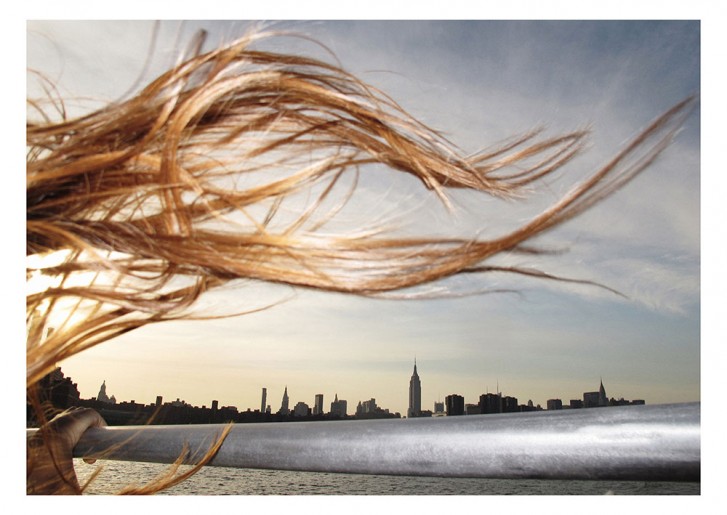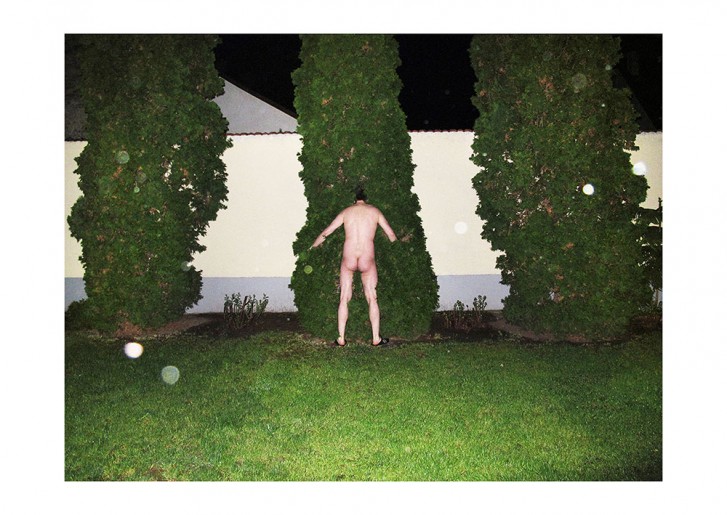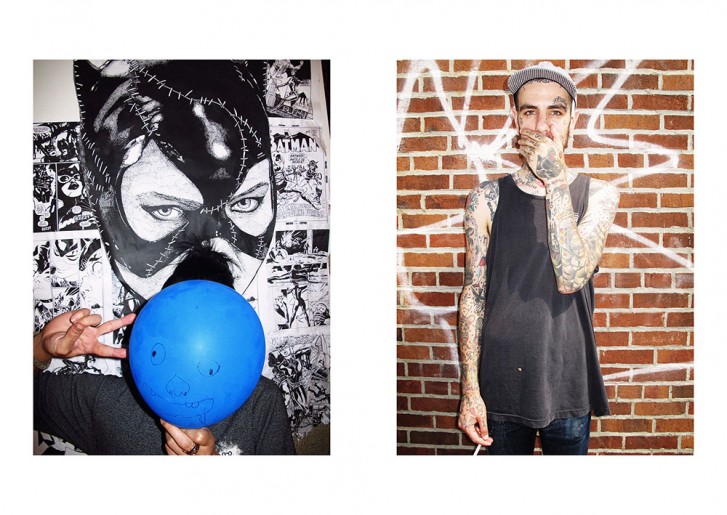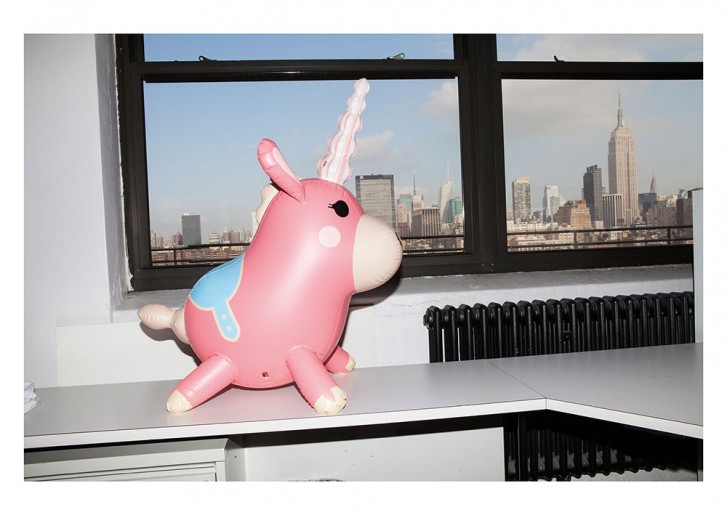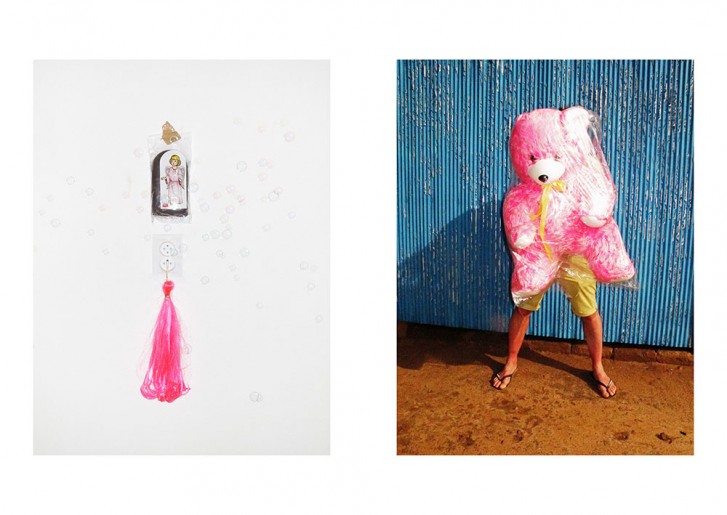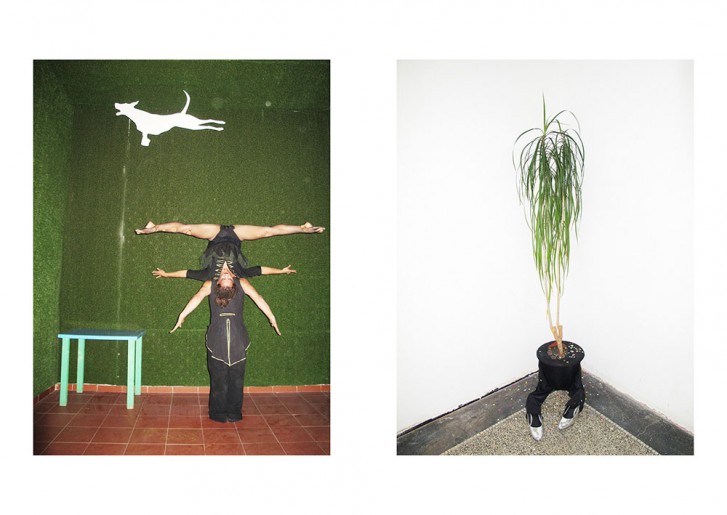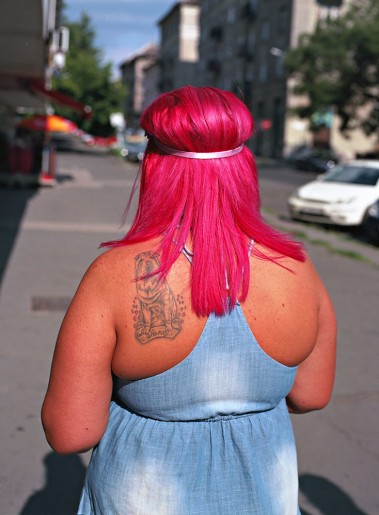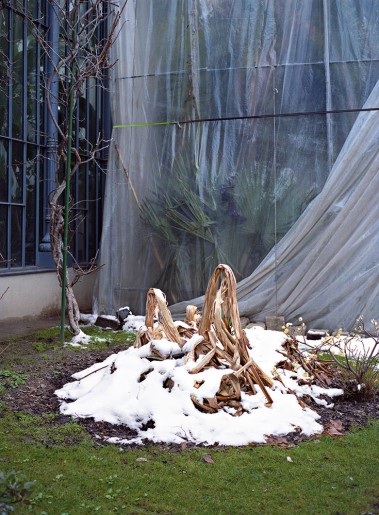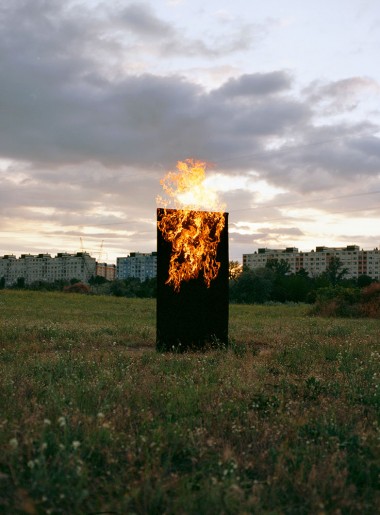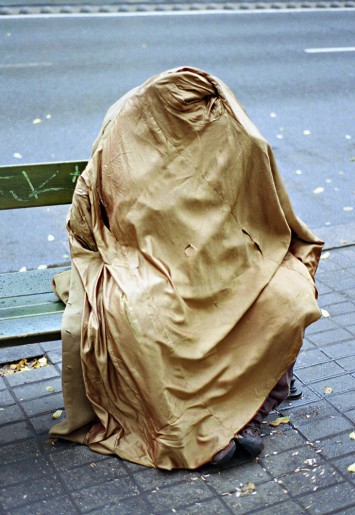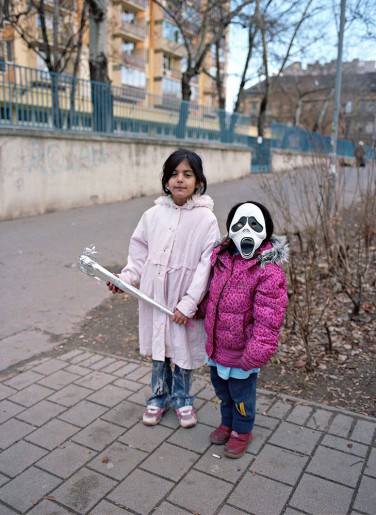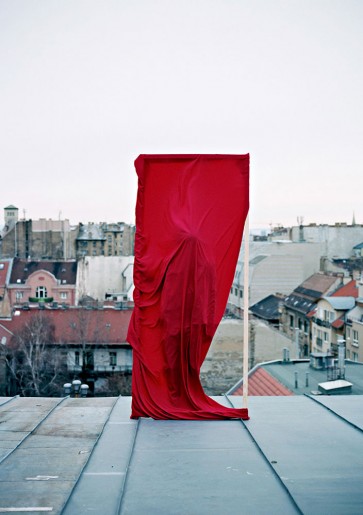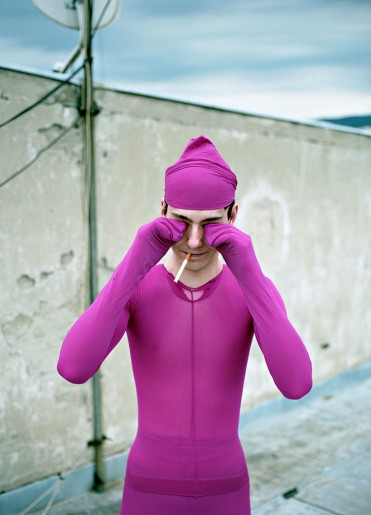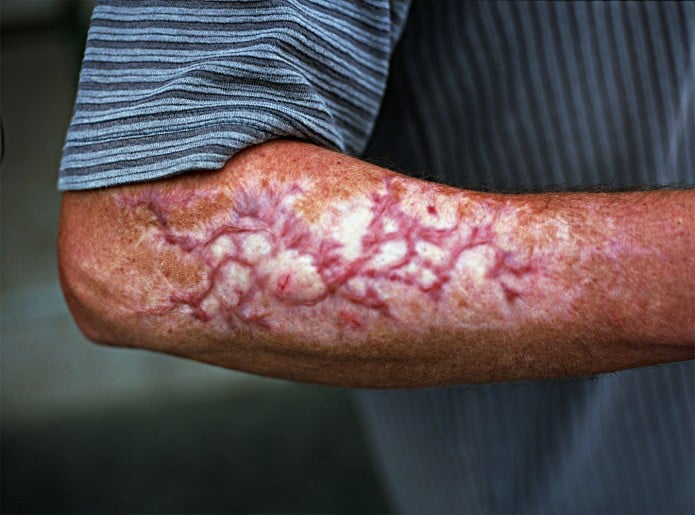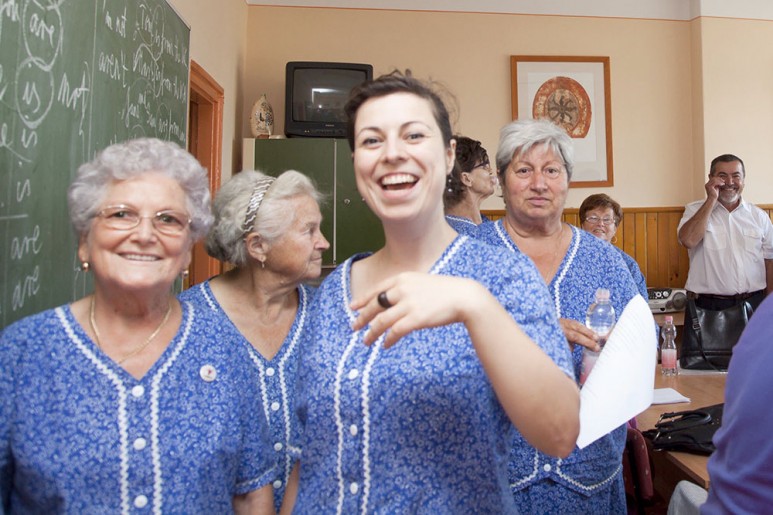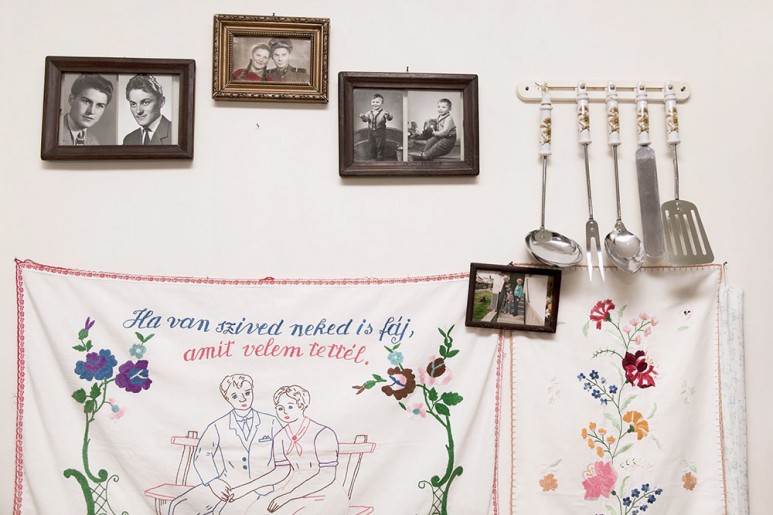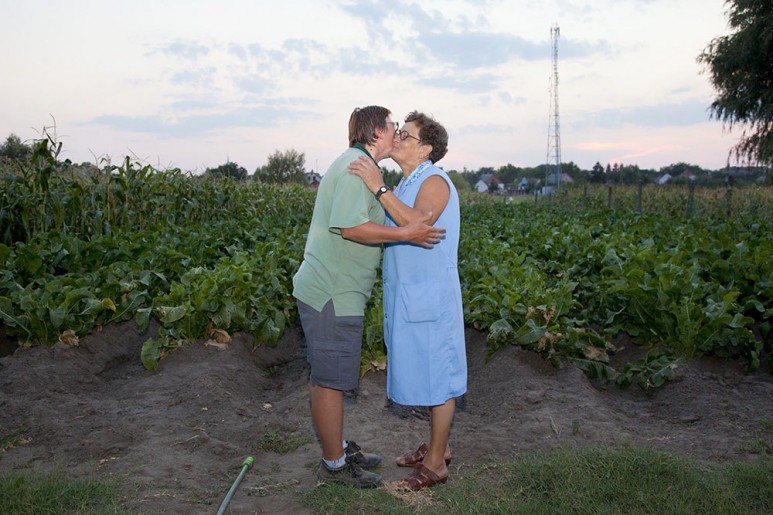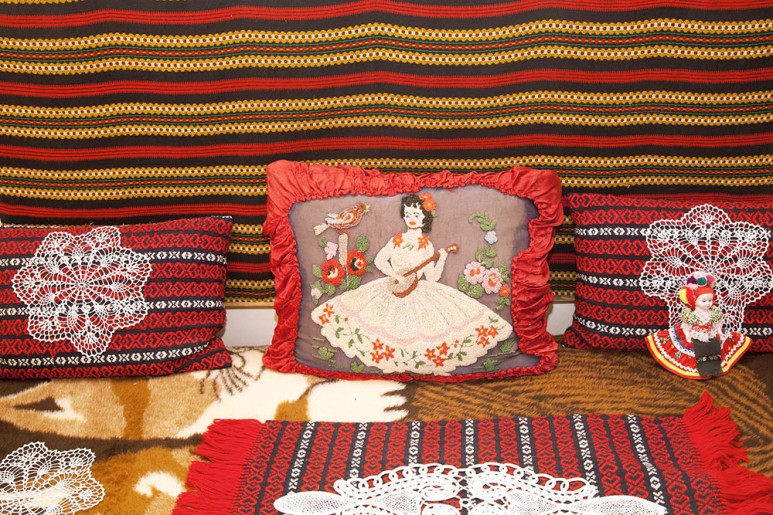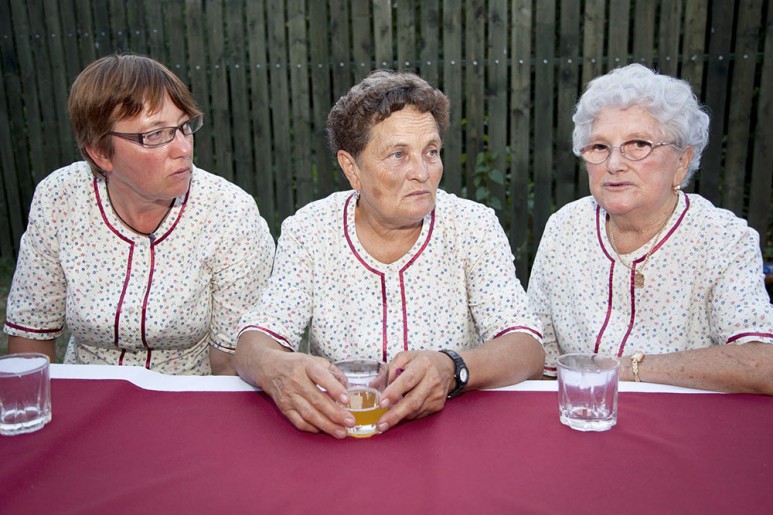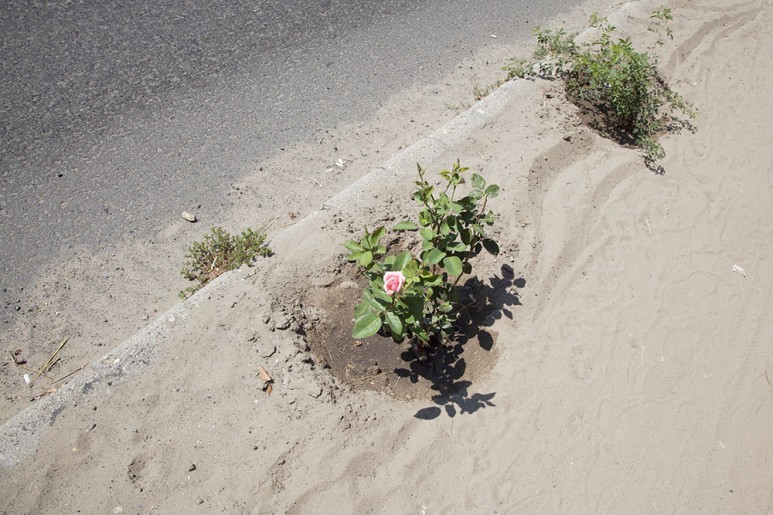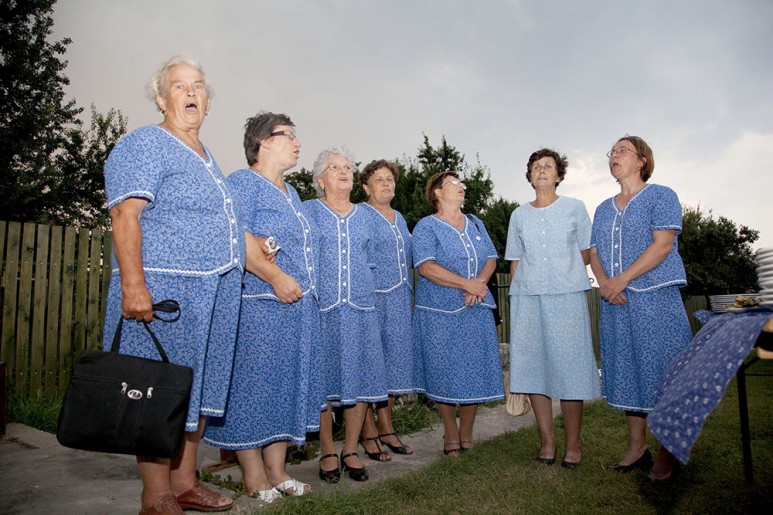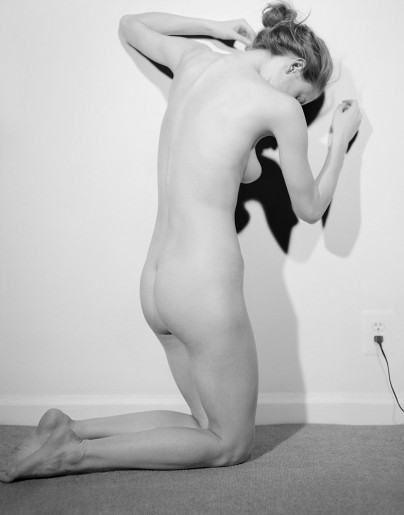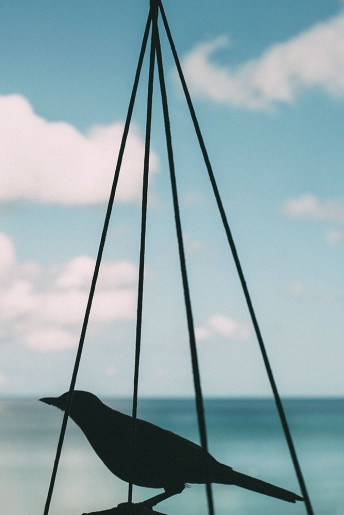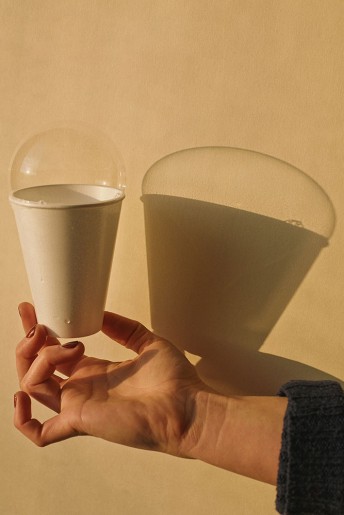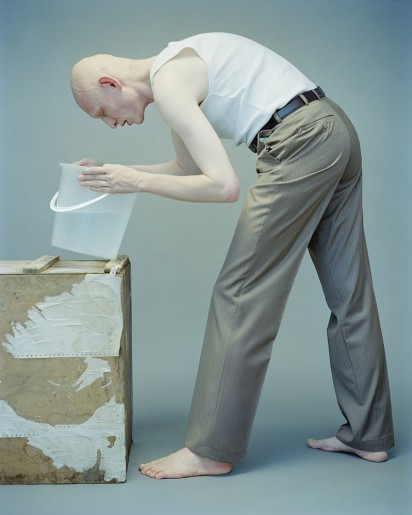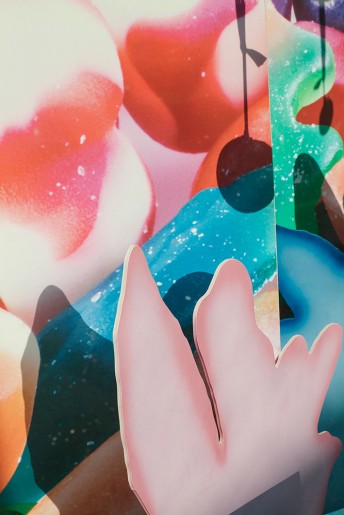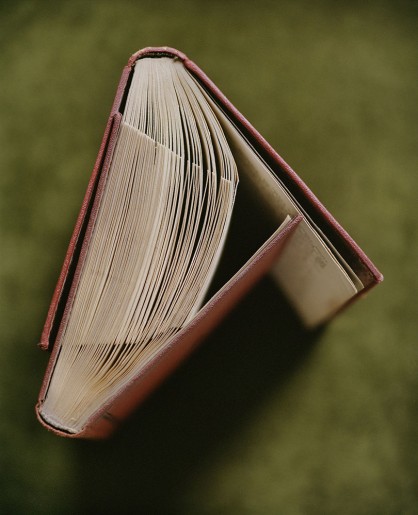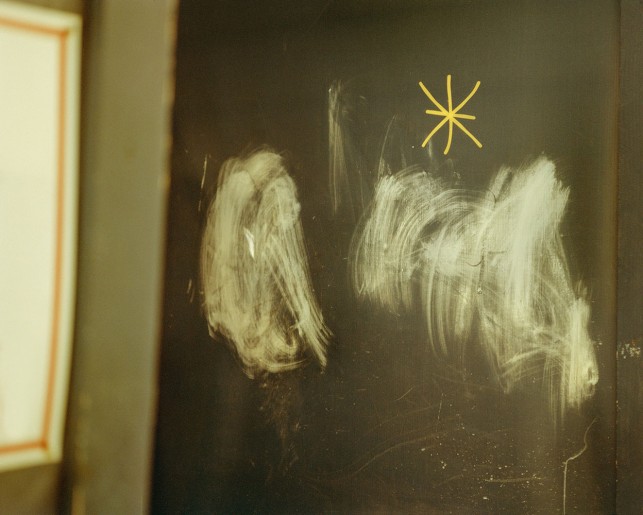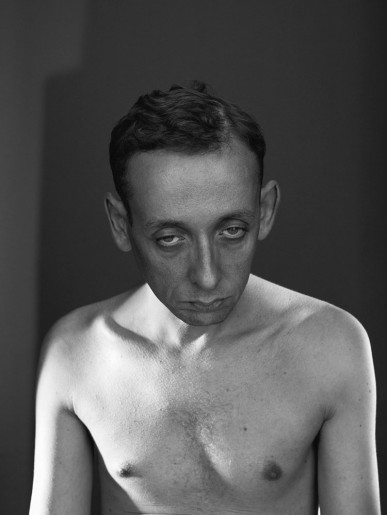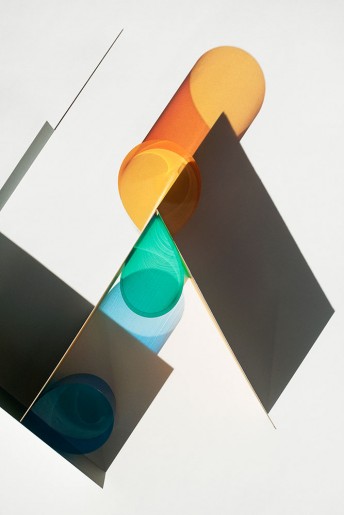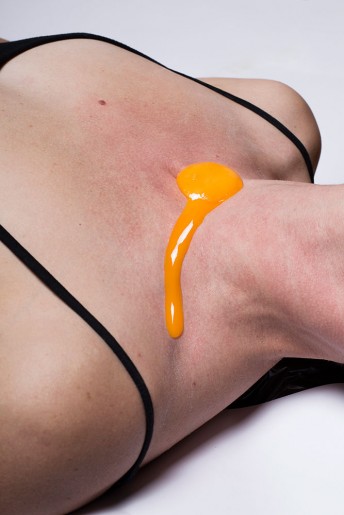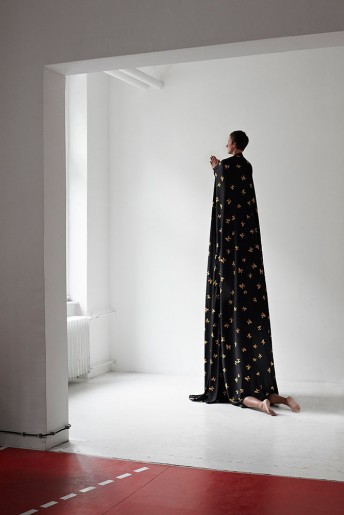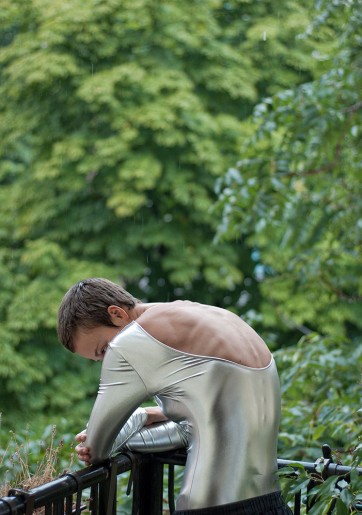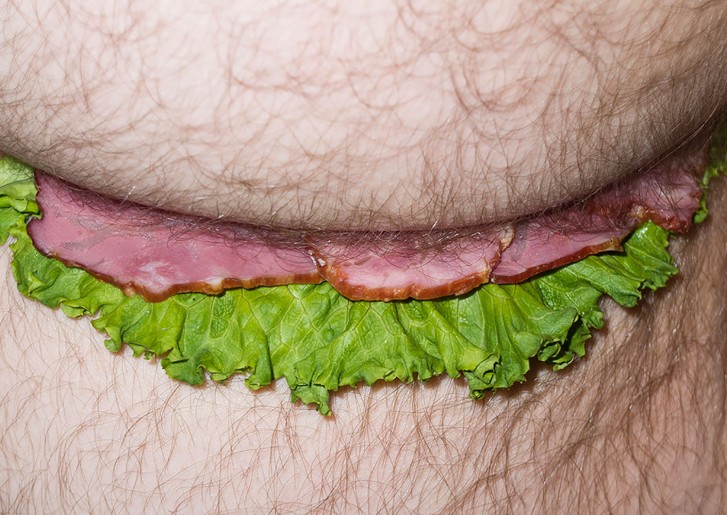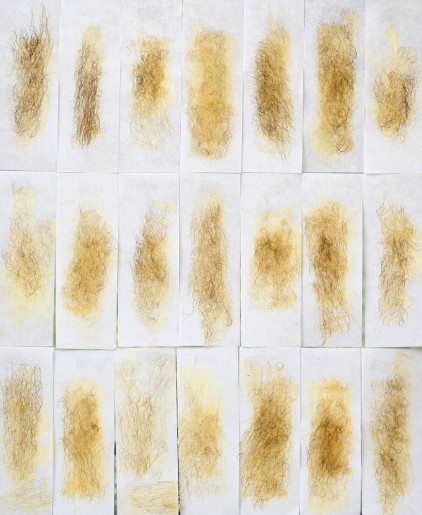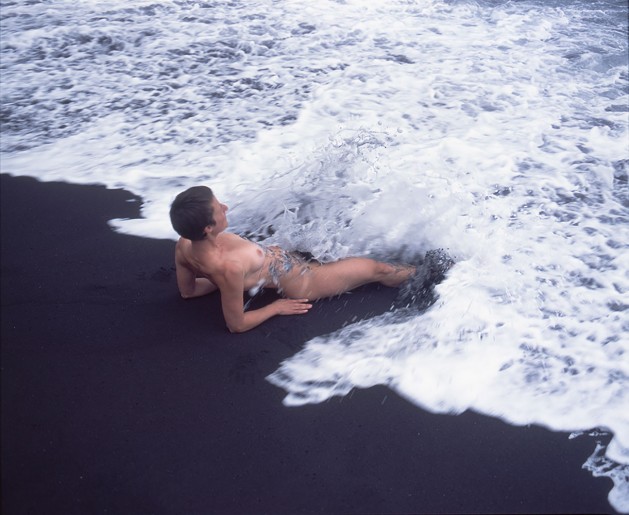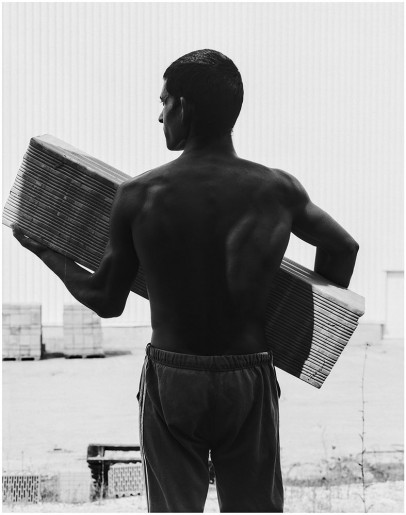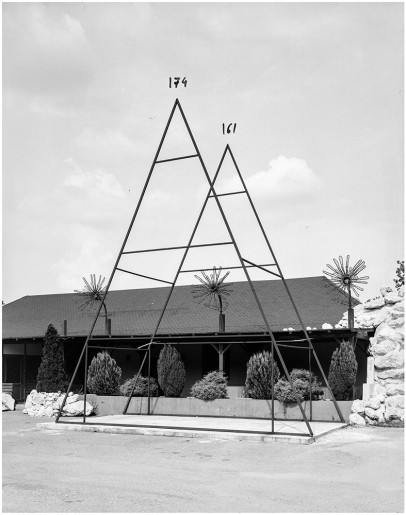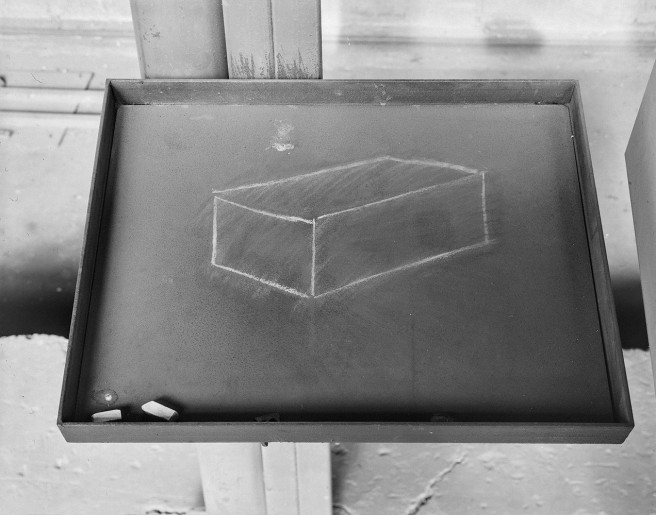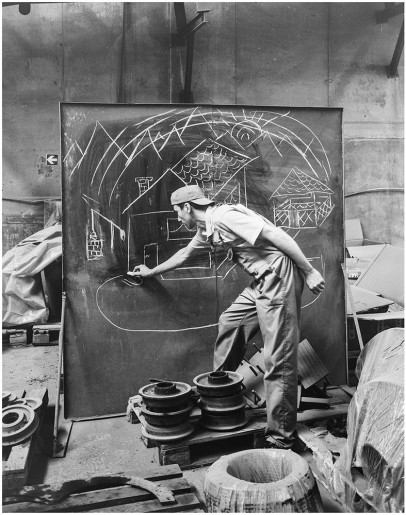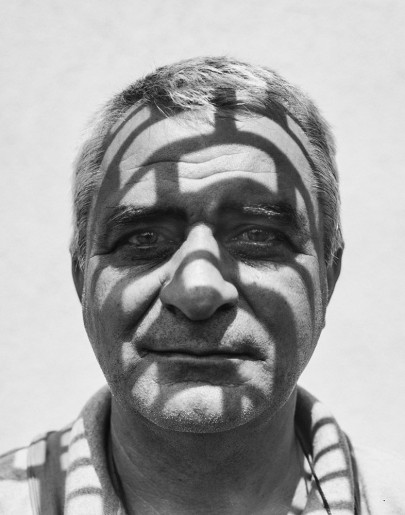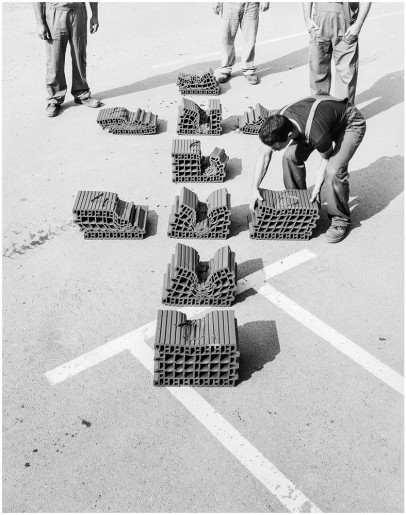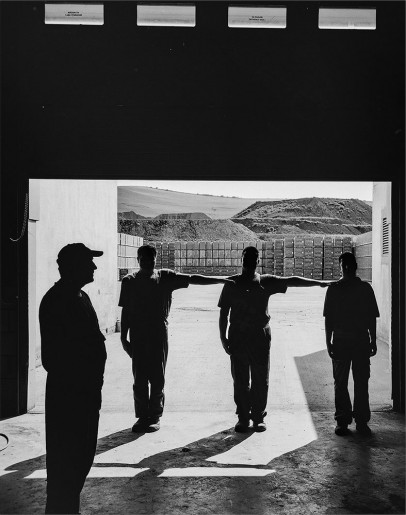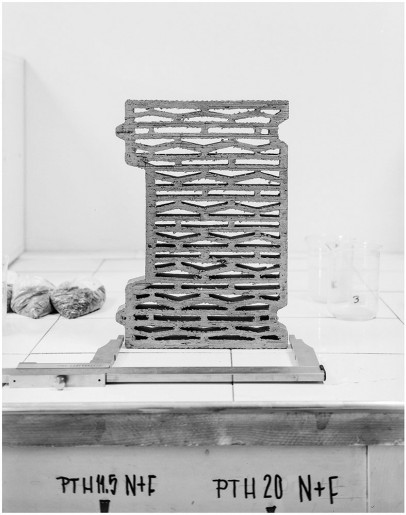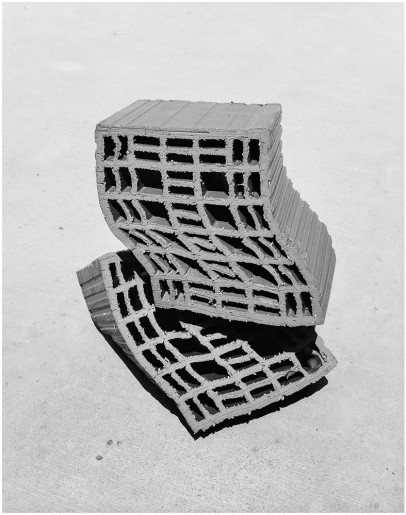The real spirit of the city comes through not just in architecture, sights and people but in the vision of its emerging artists. The list below showcases cutting edge Hungarian photographers and visual artists and their take on history, body, family and creative expression. Some of them are based in Budapest, some come back occasionally - but they all contribute to the new look of Hungarian art and photography.
Working with landscape and human presence in a particular space is crucial for Bence Bakonyi. His photographs invite the viewer to observe the horizon — both real and emotional — almost too wide to be captured. Bakonyi has photographed across a variety of locations, often rendering them almost out of this world. Featured here are outtakes from his series Segue (2013-2014), shot in China. The deserted landscapes represent the photographer’s alienation during his year in the country.
Peter Puklus, who is mostly known for his photographic works (he was featured in Foam Talent in 2014), also makes art based on a combination of staged images, found objects and sculptures. Puklus is passionate about the medium of photo books, and his newest, The Epic Love Story of a Warrior, will be published in 2016. The Epic Love Story of a Warrior is an artistic exploration of central European history and collective memory.
Living between London, New York and Budapest, Andi Gáldi Vinkó is interested in our culture’s internet addiction and its effect on how we perceive the world. She exposes the surreal and unexpected in the everyday, and creates unconventional narratives of youth and contemporary femininity. Her first book, Paradisco, a series of “sociological portraits”, is due to be published by Pogo books this year.
Máté Bartha’s work spans performance, urban interventions and photography, and one of his main interests is human existence in urban space. He’s photographed New York and the most densely populated cities in India, and of course Budapest where he’s based. His Budapest photos were published in 2014 as a book titled Common Nature where the city served as a mirror to society and his own artistic perception.
Dániel Halász is drawn to exploring human nature up close, quite often through the medium of portrait. He’s captured the inhabitants of Uganda and South Sudan, New York and one of the poorest areas of his native Budapest. Through these human interactions he explores the social and political factors determining our lives — and demonstrates his commitment to the concepts of artistic and personal freedom.
In her work, Fátyol is drawn to exploring the hidden dynamics in various communities. She started with her own family, depicting her closest relatives restaging childhood memories and photographs. In her most recent project Fátyol worked with a folk choir based in a small town on the eastern border of Hungary exploring the concept of belonging and national identity — and her own emotional involvement with her subjects.
Marton Perlaki’s work can be enchanting, painfully clear, confusing and strange. Surreal juxtaposition is his favourite tool, and objects seen from unusual perspectives in unusual circumstances cause, not just visual, but almost physical impact on the viewer. His sharp eye has already gained Perlaki high-profile fashion commissions, for example an advertising campaign for Helmut Lang.
Balazs Gardi doesn’t usually stay in Budapest for long: he is based in Oakland, California, and spends most of his time travelling for assignments. His area of interest and photographic research is diverse — from Formula One races to the Southern States blues trail, to the long term study of countries impacted by the global water crisis.
In his work Balázs Máté explores the mechanism of perception, the nature of the uncanny and the meaning-making ability of our consciousness. Manipulating different perspectives, references and shapes he gives the viewer a chance to make sense of the images for himself — in order to question and experience this process of visual discovery.
Vékony is not scared of reaching towards the dark corners of the subconscious — whether her own or the viewer’s. Her images are surreal, strange, physical, at times provocative or even repulsive. Her latest series “Would you be so kind as…” taps into the experience of talking to a clairvoyant about her past life as a lonely man on a Portuguese island. Vékony visited the island and captured the attempt to reconnect with her previous self and her current identity.
From abandoned refugee camps to scenes of mass gathering, and tranquil night landscapes — all the settings in Kudász’s projects serve as material for exploring history and the essence of humanity, the way we change and adapt to our environment. In his most recent project Human Kudász documented a brick factory, where a single brick holds the key to questions of technology’s role in evolution.
Text: Anastasiia Fedorova
